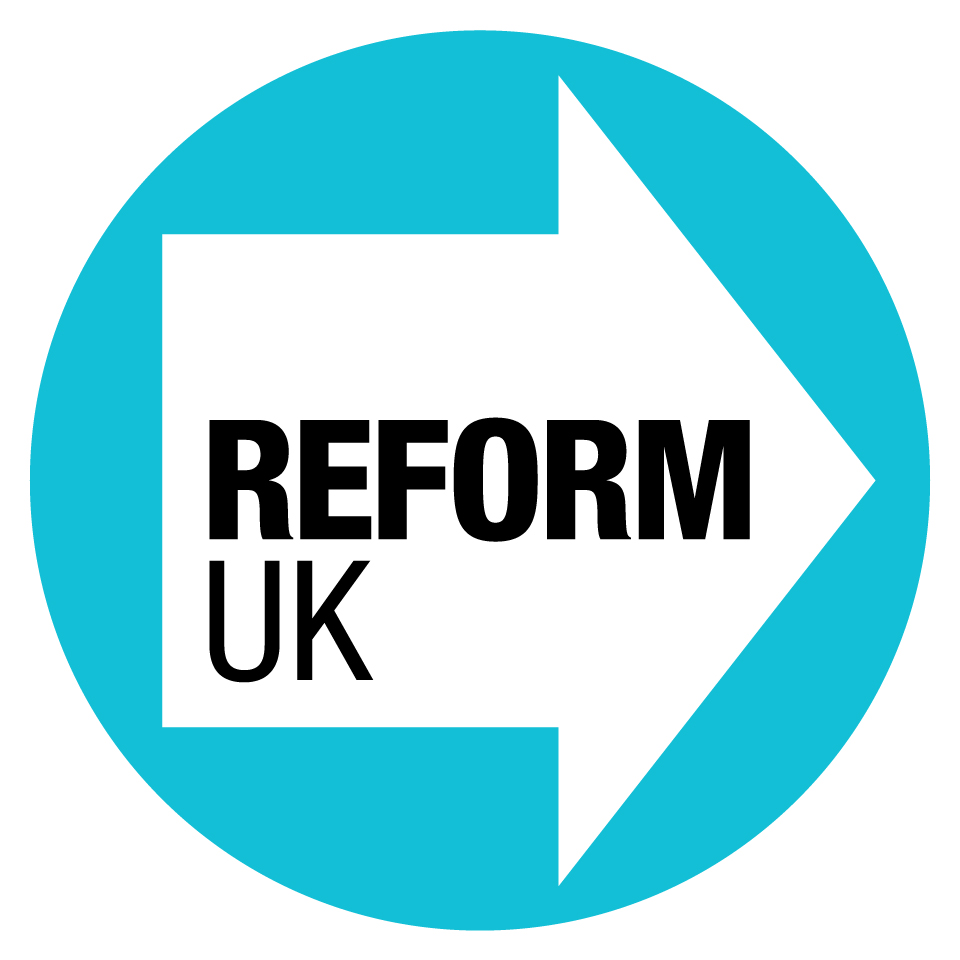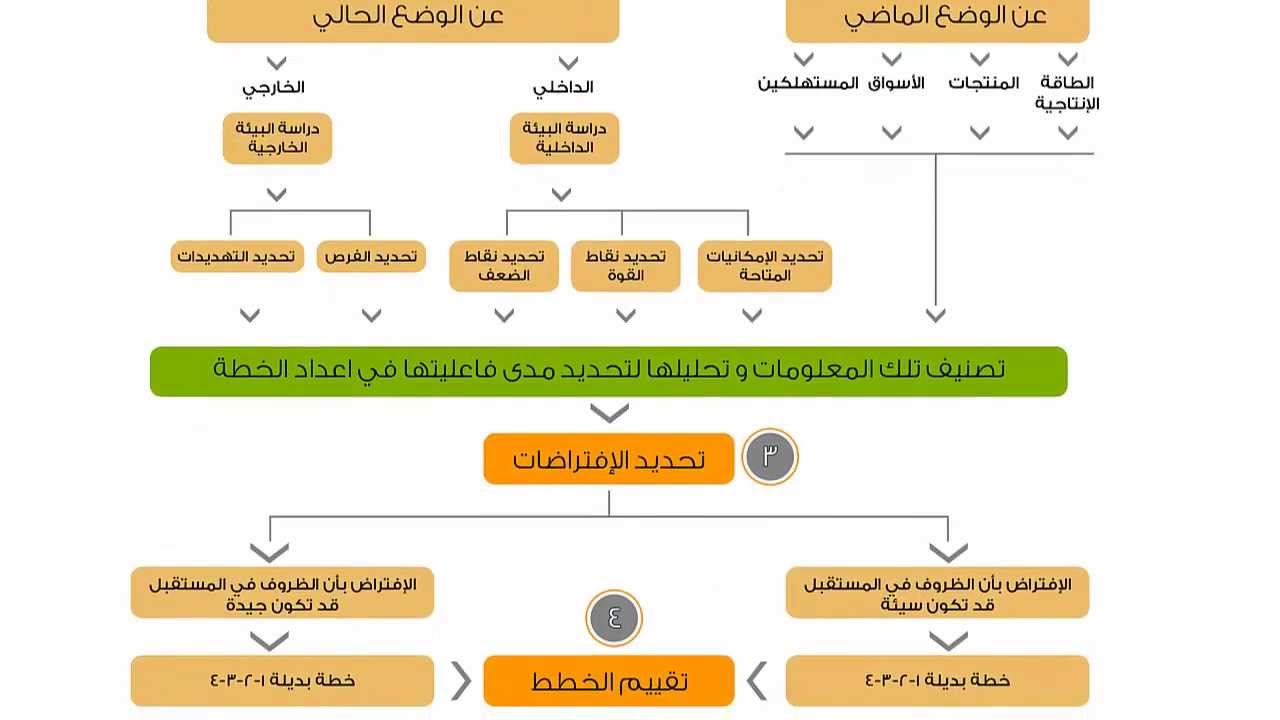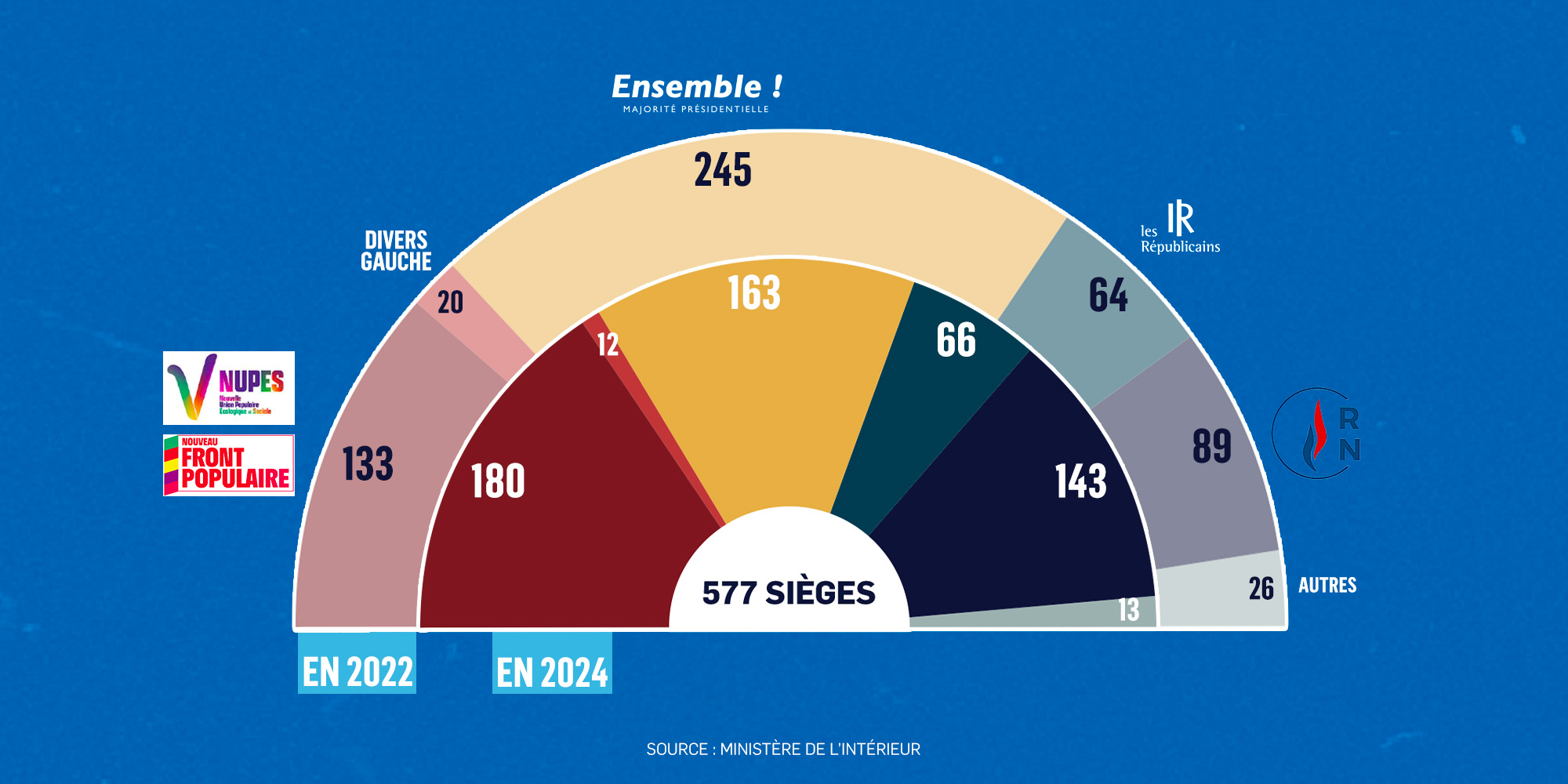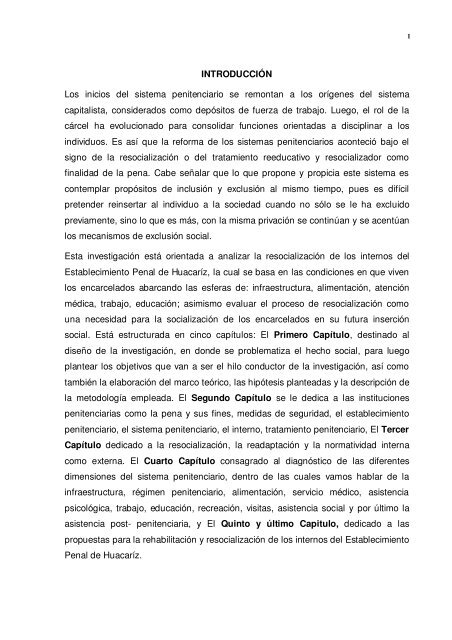South Korean Homes: An Architectural Exhibition

Table of Contents
Traditional Korean House Design (Hanok): A Timeless Elegance
The Hanok, a traditional Korean house, embodies timeless elegance and sophisticated functionality. These wooden structures, often featuring gracefully curved rooftops, represent centuries of architectural refinement. Key features of Hanok design include:
-
Ondol Underfloor Heating: This ingenious system utilizes heated floors to provide warmth throughout the house, a testament to the Koreans' ingenuity in adapting to harsh winters. The ondol system, built into the floor, radiates gentle heat, creating a cozy and comfortable living space.
-
Hanji Paper: Hanji, a traditional Korean paper made from mulberry fibers, plays a vital role in Hanok construction. Its use in doors, windows, and walls provides insulation, diffuses light beautifully, and lends a unique textural quality to the interior spaces. The delicate yet durable nature of hanji makes it a sustainable and aesthetically pleasing material.
-
Wooden Structures: The construction of Hanoks relies heavily on intricate wooden joinery, showcasing exceptional craftsmanship. The use of natural wood, often pine or chestnut, contributes to the warmth and ambiance of the house, reflecting a deep connection to nature.
-
Courtyards: Central courtyards are a hallmark of Hanok design. They provide natural light, ventilation, and a tranquil space for relaxation and contemplation within the home, influencing the layout and daily life of the occupants.
-
Regional Variations: The design of Hanoks varies across different regions of Korea, reflecting local climates and building materials. For example, Hanoks in southern regions might feature lighter structures and more open designs compared to those in the north.
Modern Korean Architecture: A Fusion of East and West
Modern Korean architecture represents a fascinating fusion of traditional aesthetics and contemporary design sensibilities. While embracing innovative materials and technologies, modern Korean homes often incorporate elements that subtly nod to Hanok principles.
-
Integration of Natural Light: Modern Korean homes prioritize the use of natural light, maximizing its positive effects on the interior environment. Large windows and strategic skylights are common features, contributing to a bright, airy, and welcoming atmosphere.
-
Use of Sleek Materials: Contemporary Korean architecture frequently incorporates sleek materials such as glass, steel, and concrete, creating a clean and minimalist aesthetic. These materials are often combined with natural elements like wood, to maintain a balance between modern design and traditional warmth.
-
Open-Plan Living: Open-plan designs are prevalent in modern Korean homes, promoting a sense of spaciousness and flow between different living areas. This reflects a shift towards more informal and communal living arrangements.
-
High-Rise Apartments: The rapid urbanization of Korea has led to the rise of sophisticated high-rise apartment buildings, which often incorporate elements of modern Korean architectural design, emphasizing clean lines, efficient space planning, and beautiful views.
-
Sustainable Design: Increasingly, modern Korean home design incorporates sustainable features, such as energy-efficient systems, renewable energy sources, and the use of eco-friendly building materials. This reflects a growing awareness of environmental responsibility.
The Influence of Korean Culture on Home Design
Korean culture significantly shapes the design and layout of South Korean homes, both traditional and modern. The strong emphasis on family and community influences the spatial arrangements, prioritizing communal areas and optimizing space for togetherness. The concept of “jeong,” a deep emotional connection within family and community, is directly reflected in how homes are designed to foster intimacy and connection. For example, the placement of the main living area often emphasizes shared activities and family interaction. Space optimization techniques, especially in smaller apartments, showcase resourcefulness and practicality ingrained in Korean culture.
Exploring the Architectural Exhibition (or Virtual Tour)
While this article provides a virtual tour, exploring dedicated online resources enhances understanding. Websites showcasing Korean architectural projects, online galleries of Hanok photography, and virtual museum tours offer invaluable insights. Searching for "Korean architecture online resources" will provide a wealth of additional information.
Conclusion
South Korean homes, whether traditional Hanoks or modern high-rises, represent a remarkable synthesis of cultural heritage and contemporary design. Their architectural diversity reflects a rich history and a forward-looking approach to residential design. From the intricate craftsmanship of Hanoks to the sleek elegance of modern apartments, the beauty and ingenuity of Korean home architecture are undeniable. Discover the stunning world of South Korean homes – explore the unique architectural styles and rich cultural heritage today!

Featured Posts
-
 Police Investigate Mp Rupert Lowe Details Emerge
May 03, 2025
Police Investigate Mp Rupert Lowe Details Emerge
May 03, 2025 -
 Blue Origins Subsystem Issue Forces Rocket Launch Cancellation
May 03, 2025
Blue Origins Subsystem Issue Forces Rocket Launch Cancellation
May 03, 2025 -
 A Fierce Row Shakes Reform Uk Understanding The Internal Divisions
May 03, 2025
A Fierce Row Shakes Reform Uk Understanding The Internal Divisions
May 03, 2025 -
 Wind Powered Trains A Green Solution For Sustainable Transport
May 03, 2025
Wind Powered Trains A Green Solution For Sustainable Transport
May 03, 2025 -
 Doctor Who A Potential Pause In The Tardis Journey
May 03, 2025
Doctor Who A Potential Pause In The Tardis Journey
May 03, 2025
Latest Posts
-
 Khtt Astthmaryt Jdydt Mn Aljbht Alwtnyt Ahdaf W Bnwd Alwrqt
May 03, 2025
Khtt Astthmaryt Jdydt Mn Aljbht Alwtnyt Ahdaf W Bnwd Alwrqt
May 03, 2025 -
 Aljbht Alwtnyt Tfasyl Wrqt Syasat Alastthmar Aljdydt
May 03, 2025
Aljbht Alwtnyt Tfasyl Wrqt Syasat Alastthmar Aljdydt
May 03, 2025 -
 Algerie Reactions Politiques A La Reforme De La Loi Sur Les Partis Pt Ffs Rcd Jil Jadid
May 03, 2025
Algerie Reactions Politiques A La Reforme De La Loi Sur Les Partis Pt Ffs Rcd Jil Jadid
May 03, 2025 -
 Mejoras En El Transporte Del Sistema Penitenciario 7 Vehiculos
May 03, 2025
Mejoras En El Transporte Del Sistema Penitenciario 7 Vehiculos
May 03, 2025 -
 Amant Alastthmar Baljbht Alwtnyt Wrqt Syasat Aqtsadyt Jdydt
May 03, 2025
Amant Alastthmar Baljbht Alwtnyt Wrqt Syasat Aqtsadyt Jdydt
May 03, 2025
